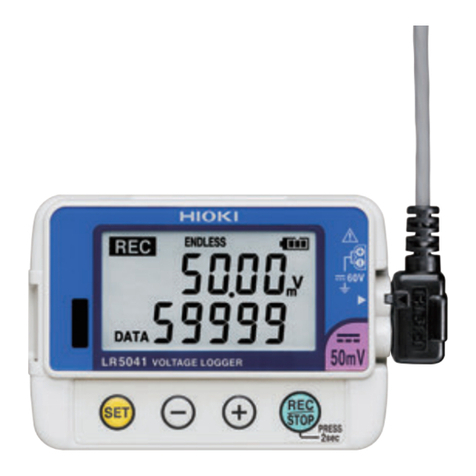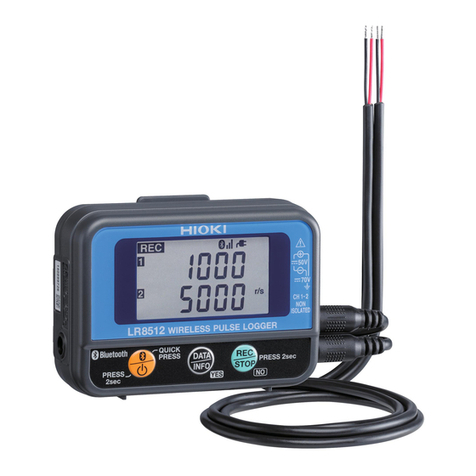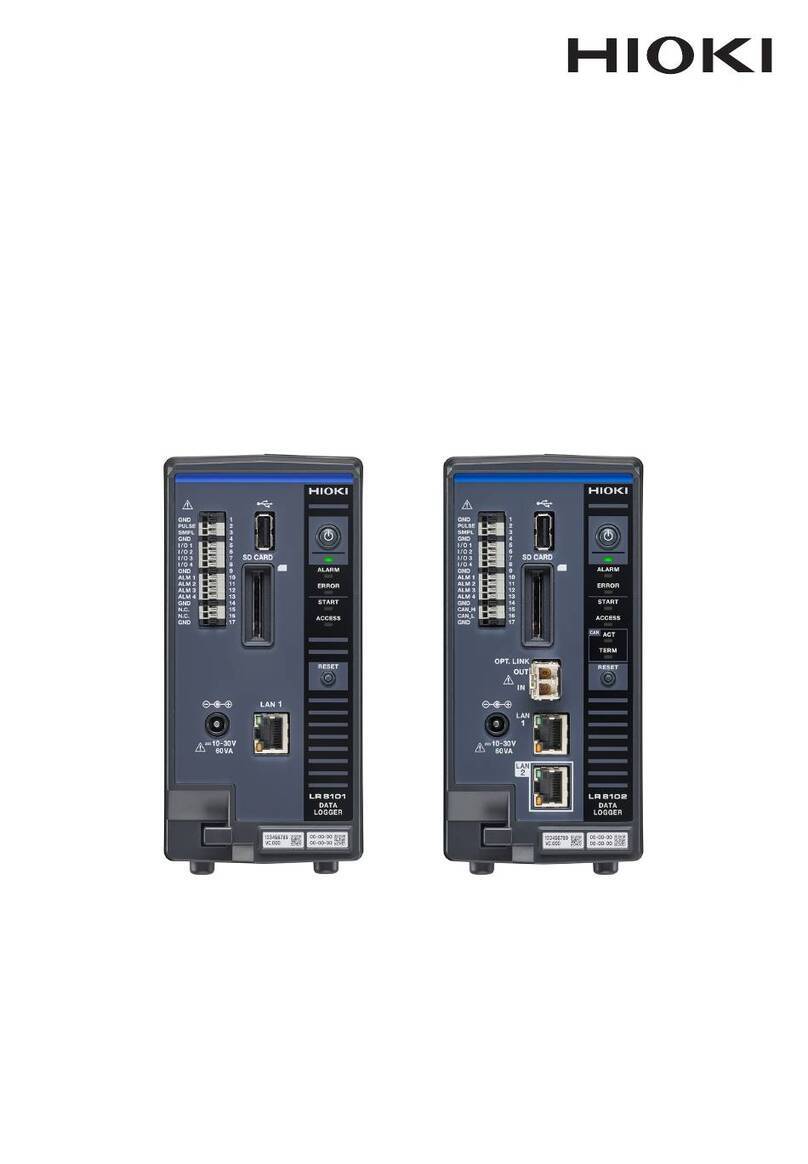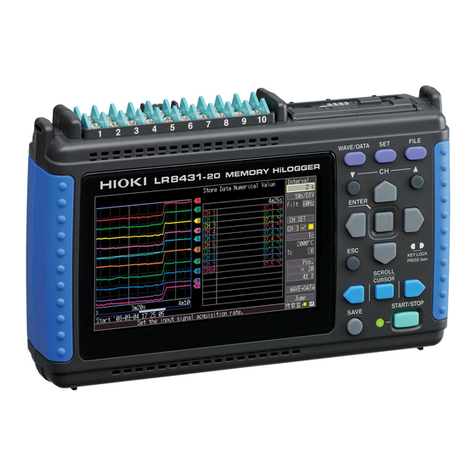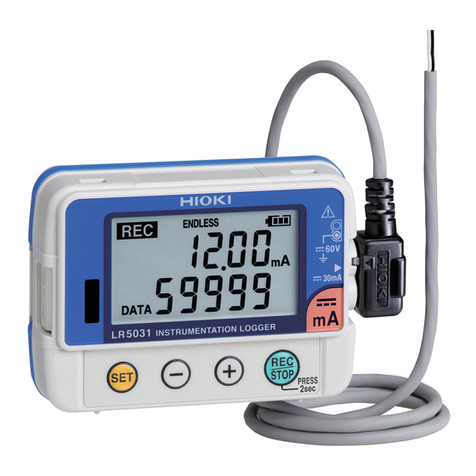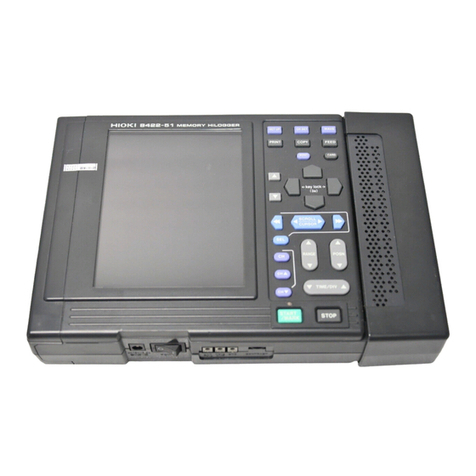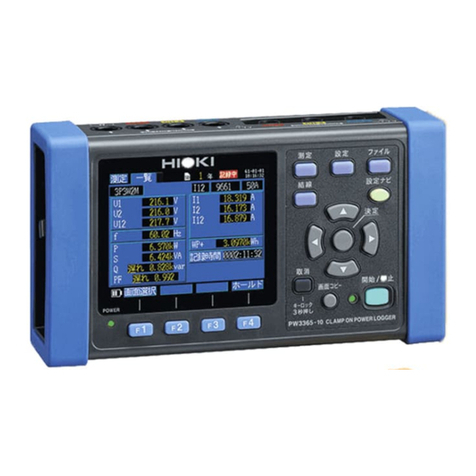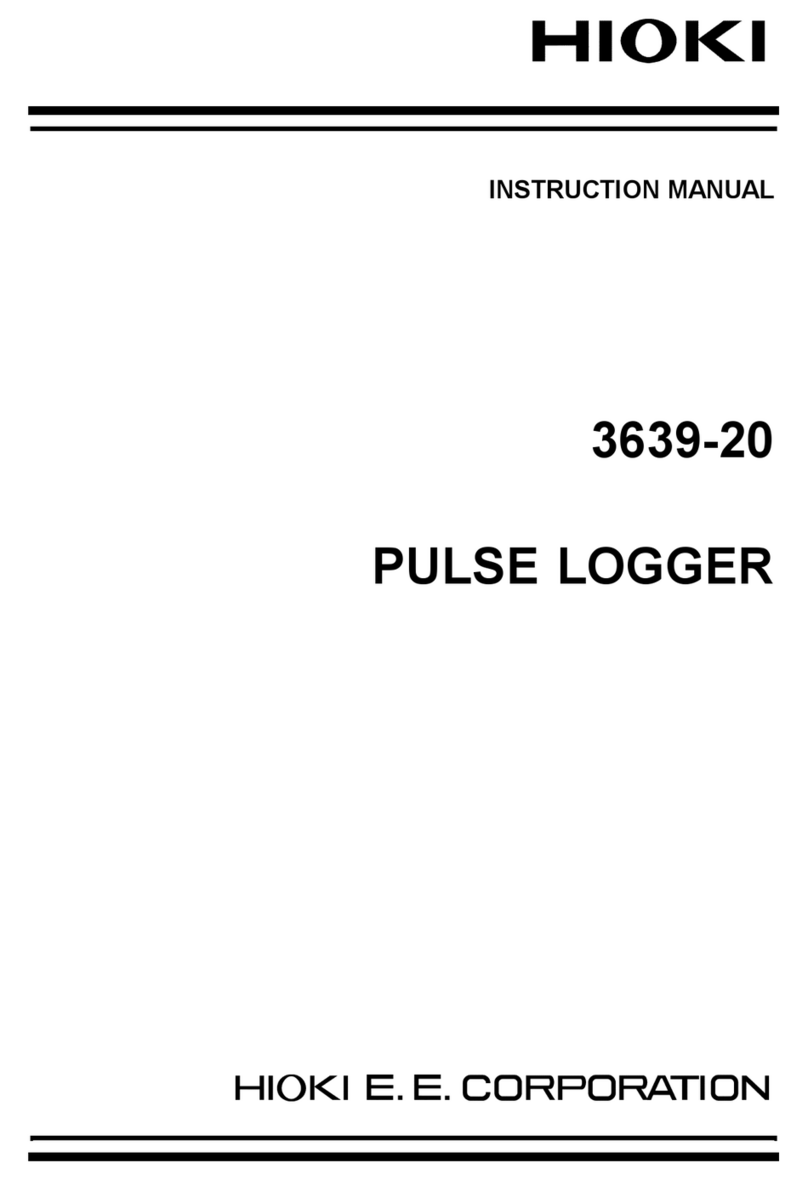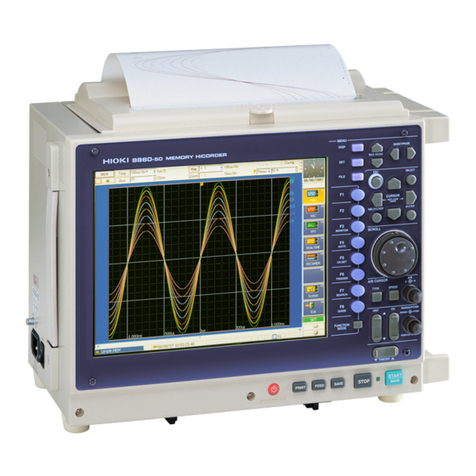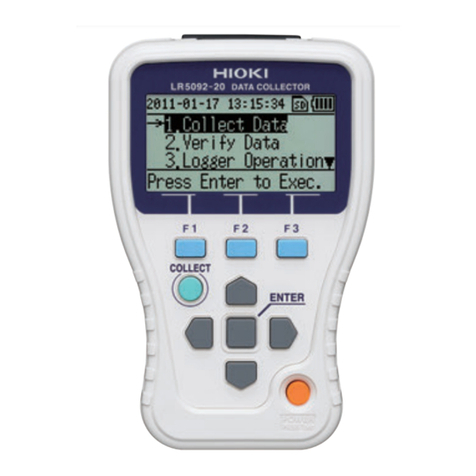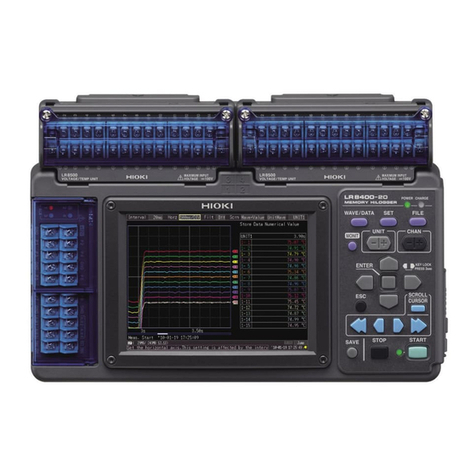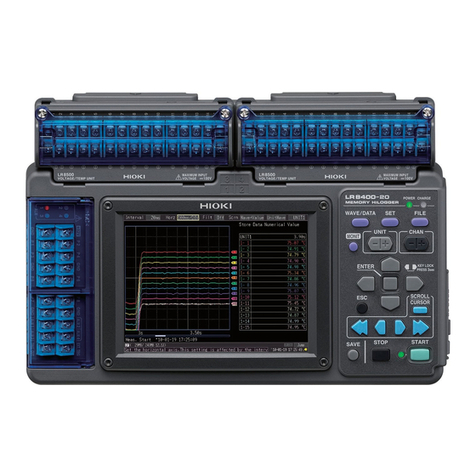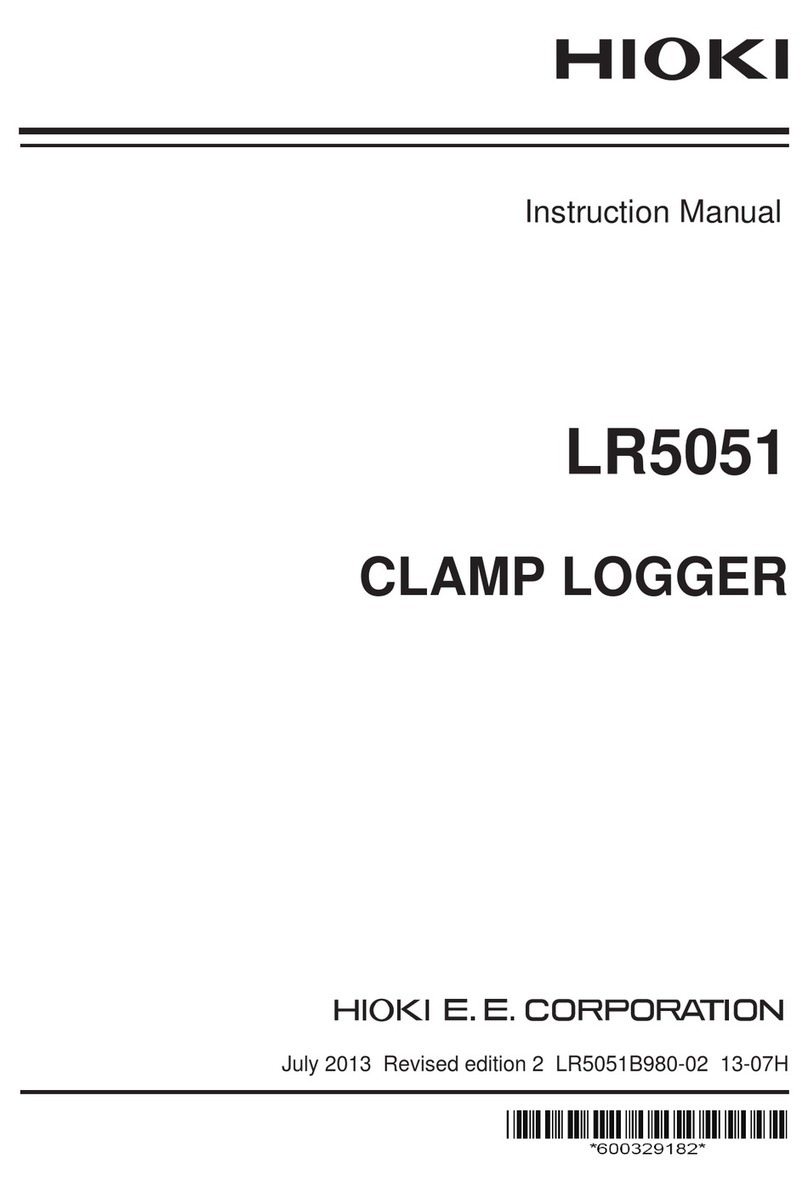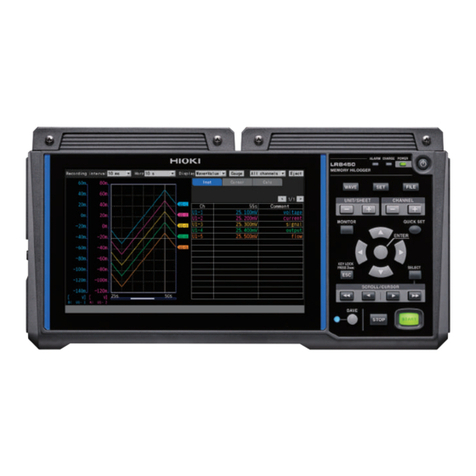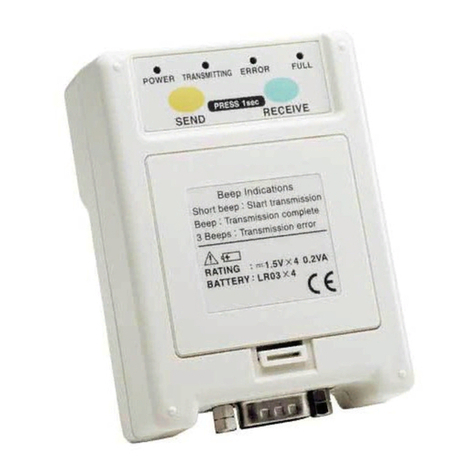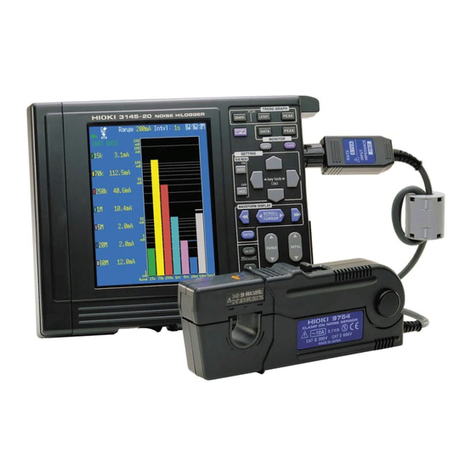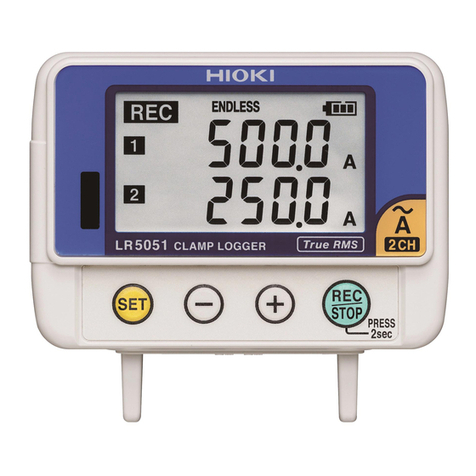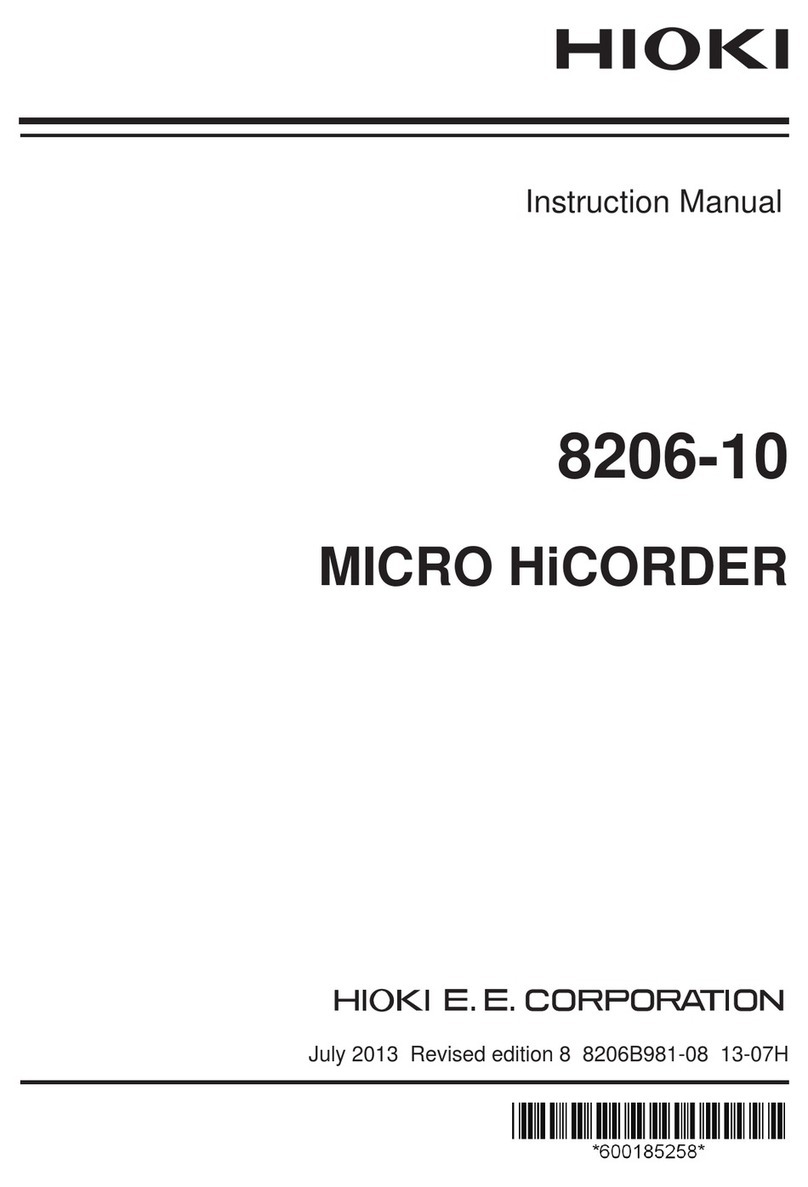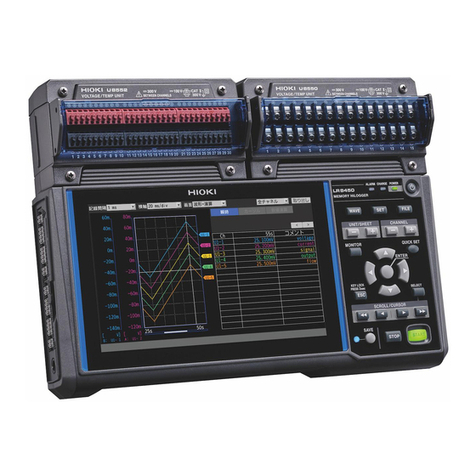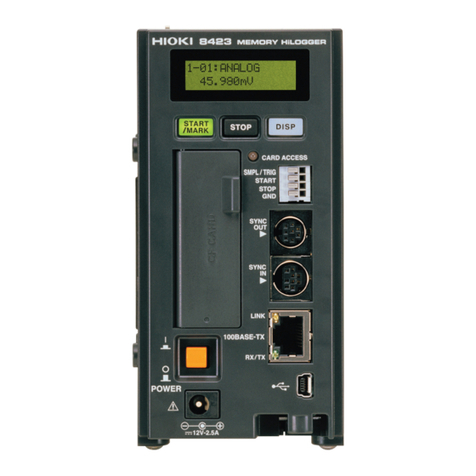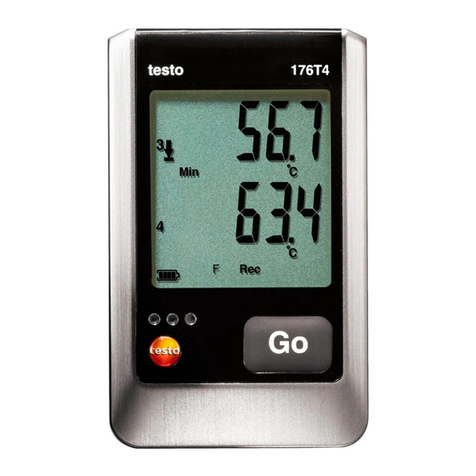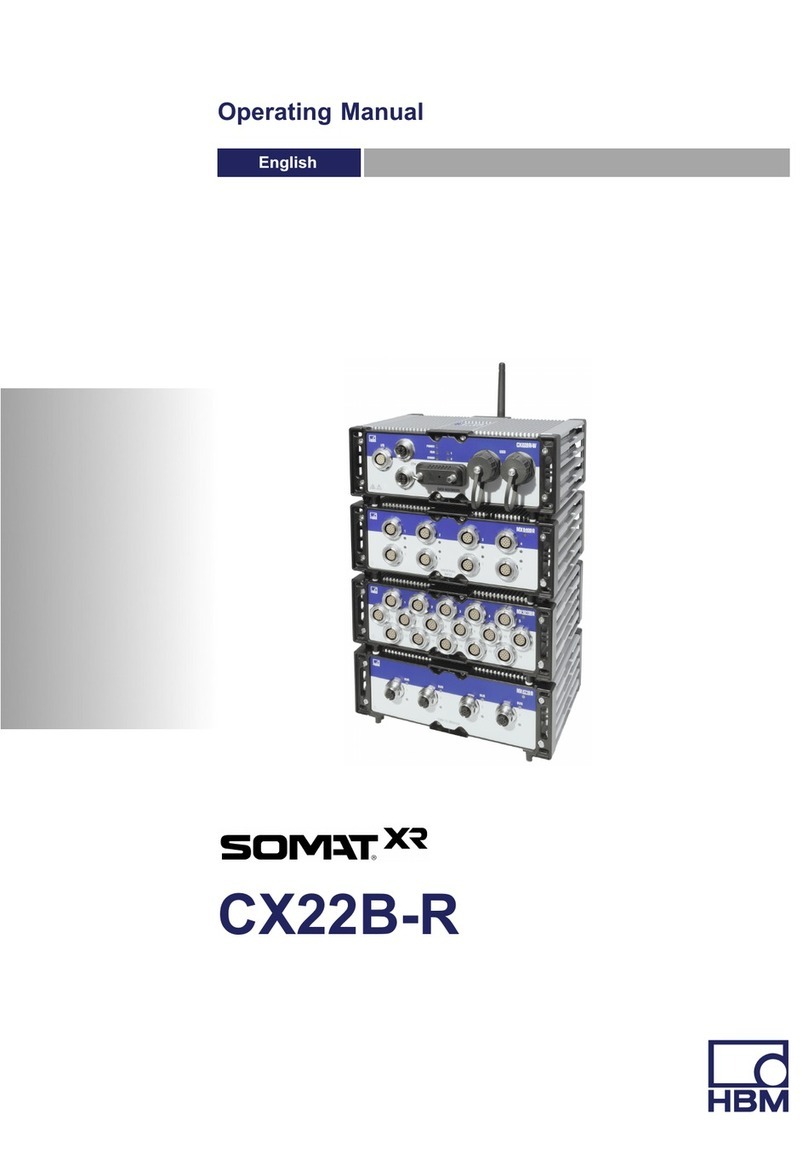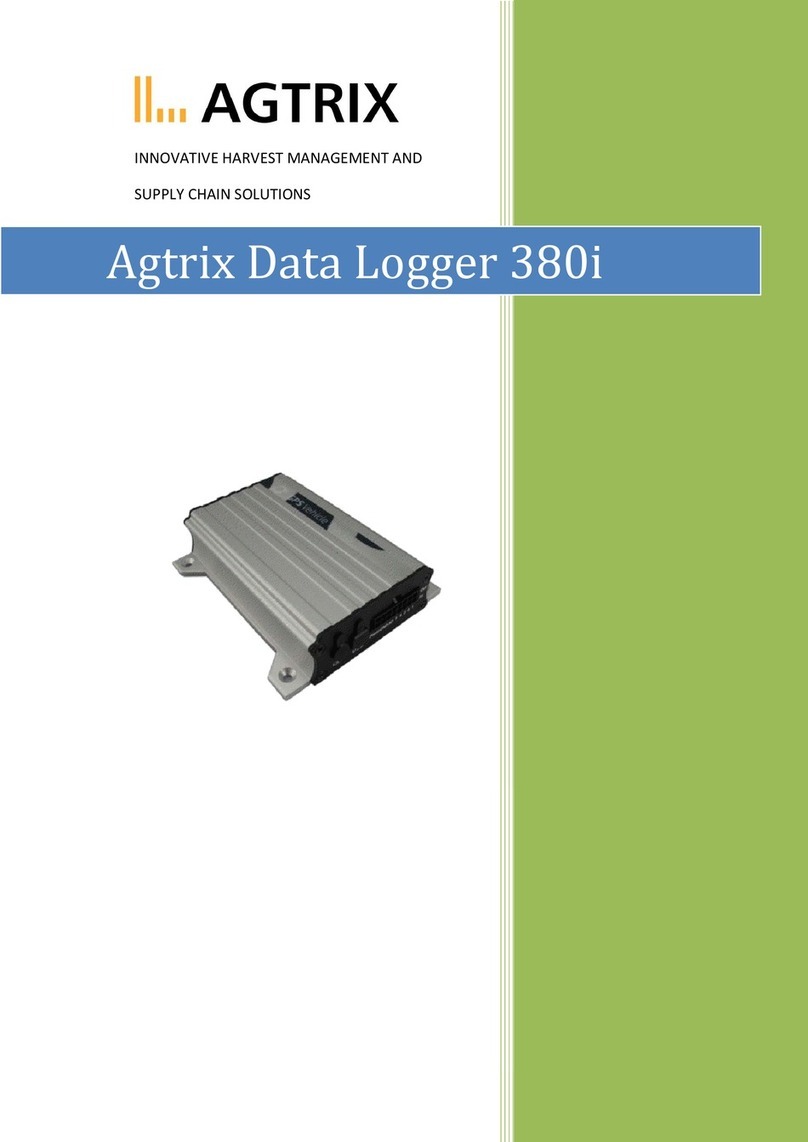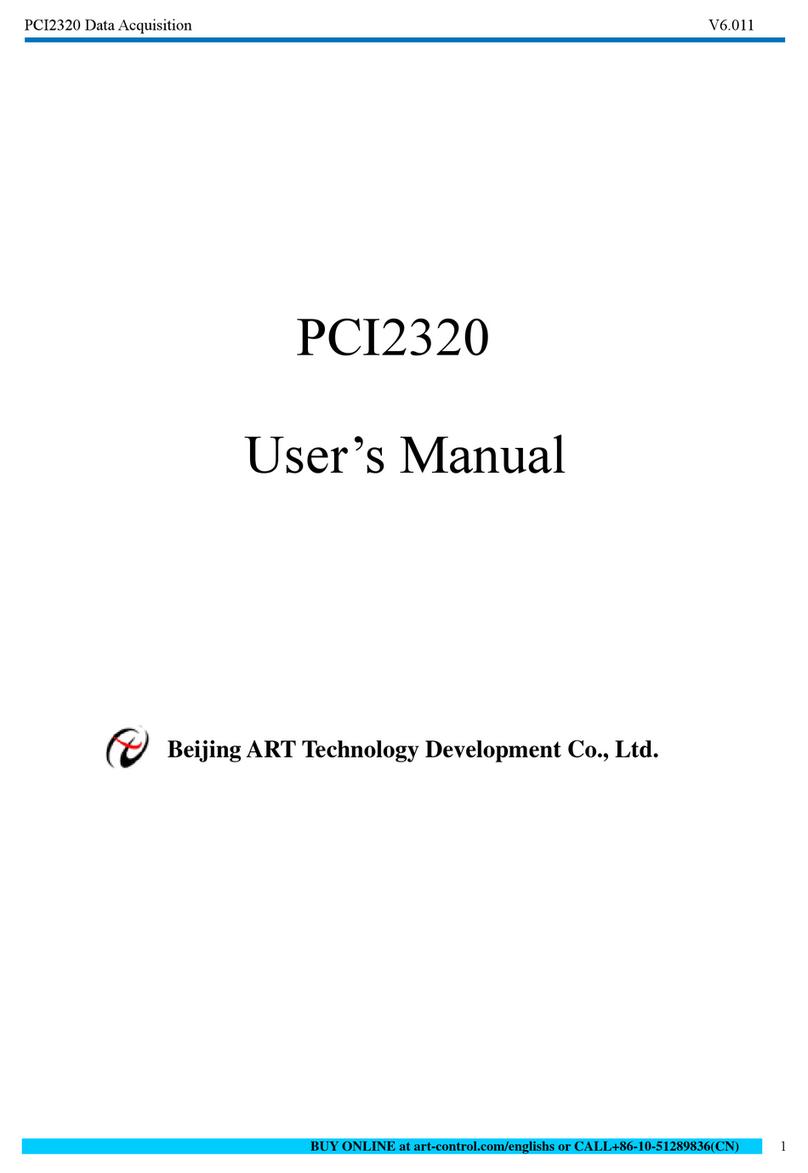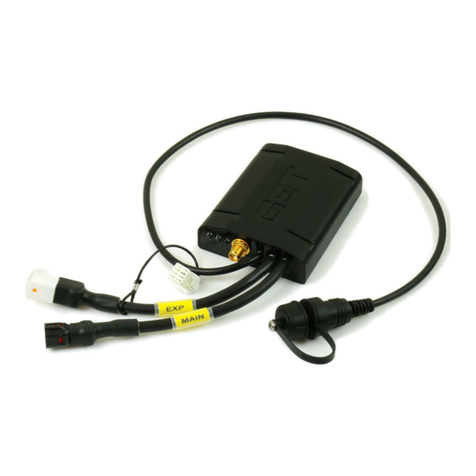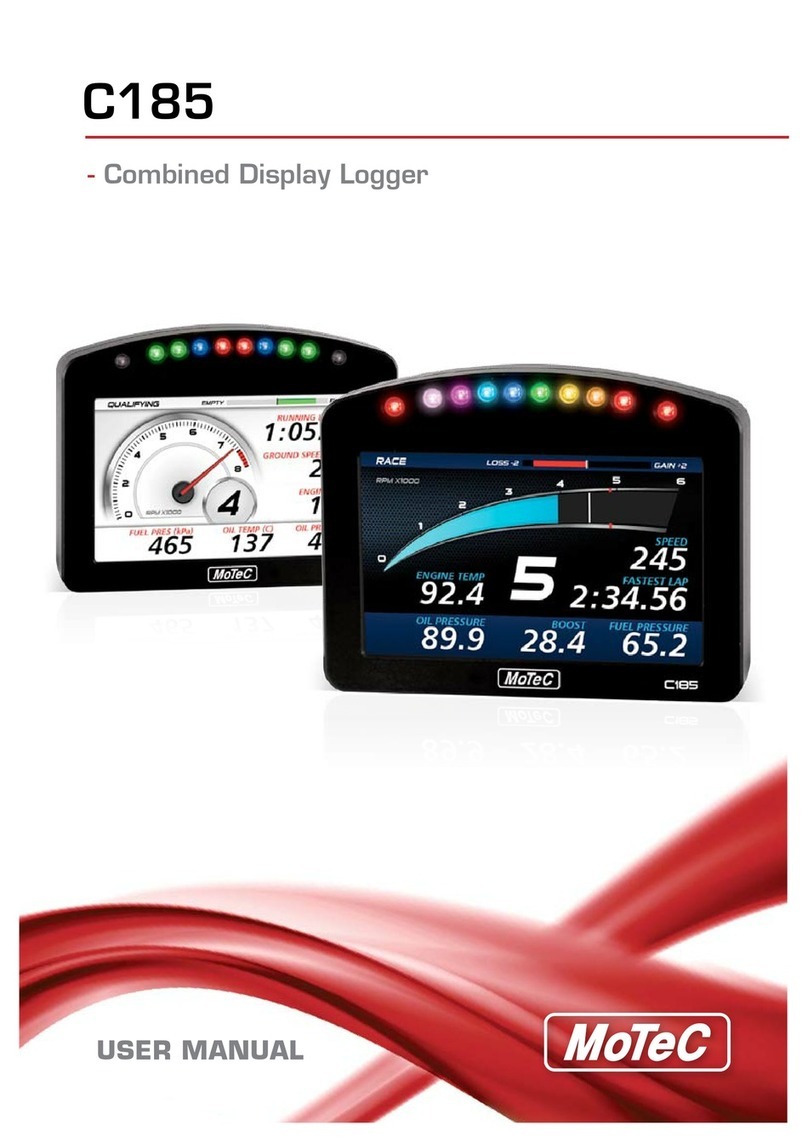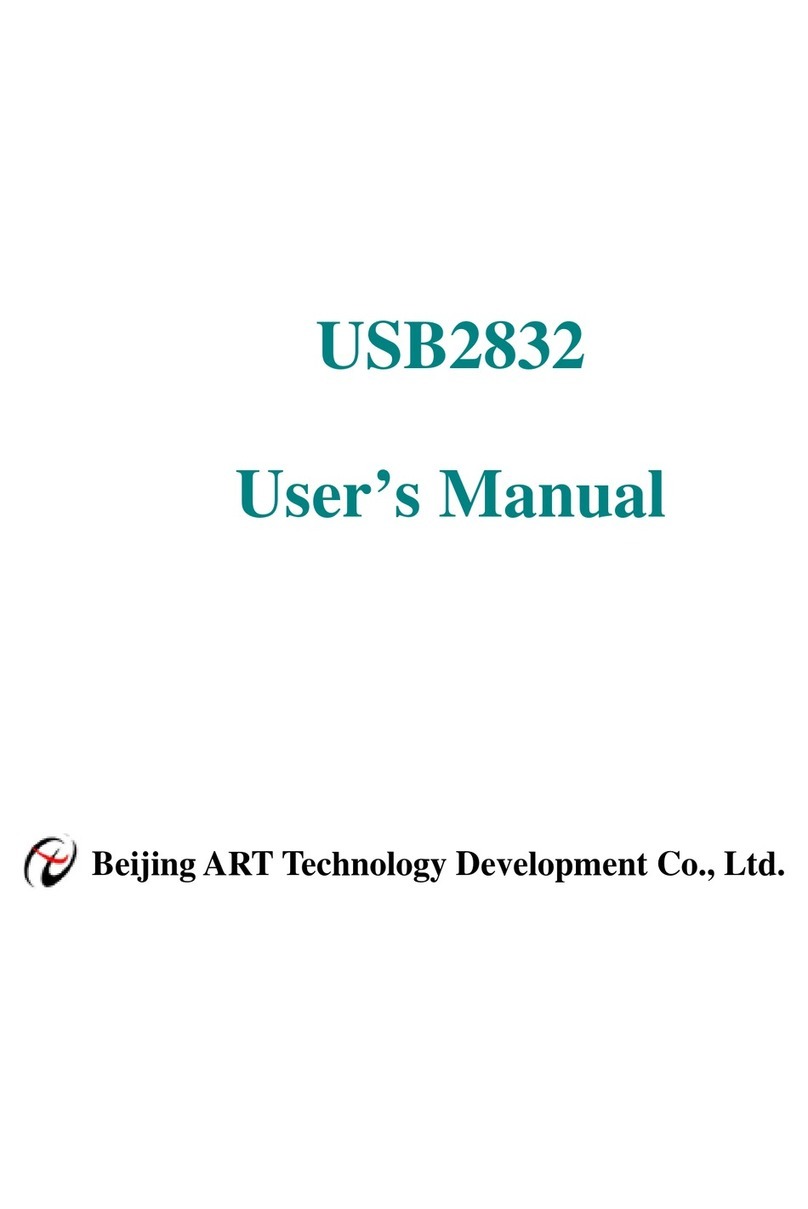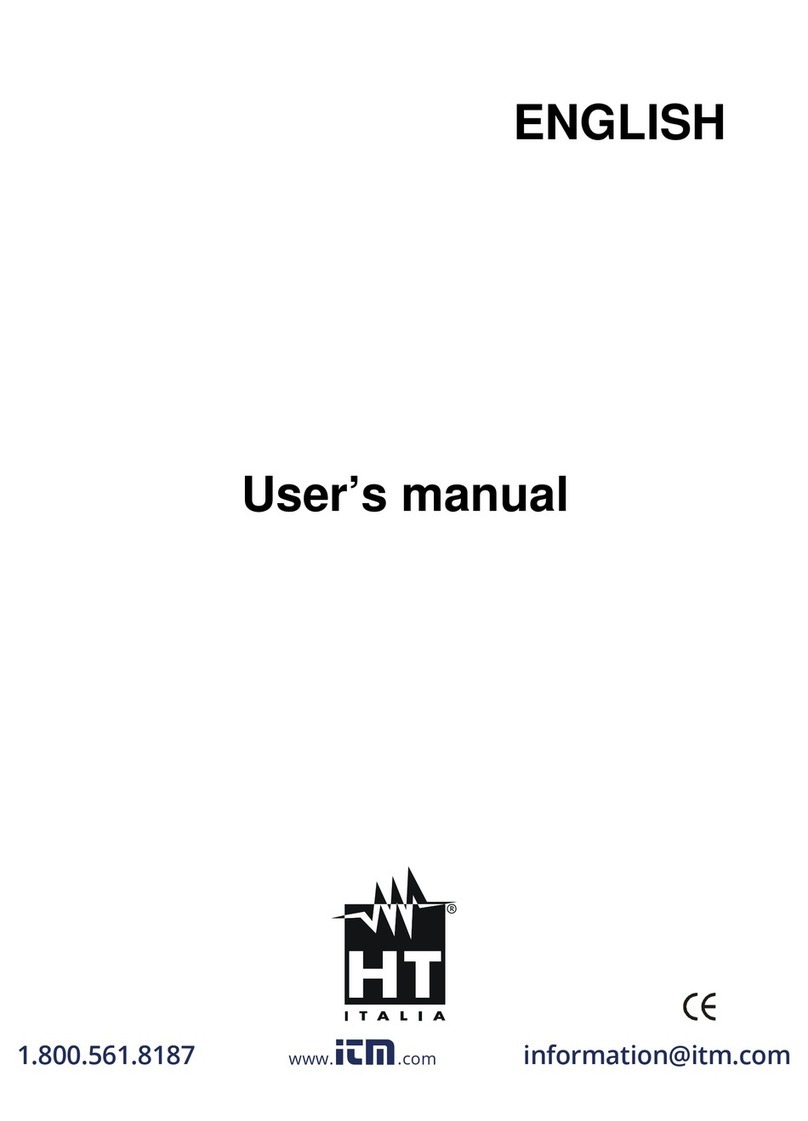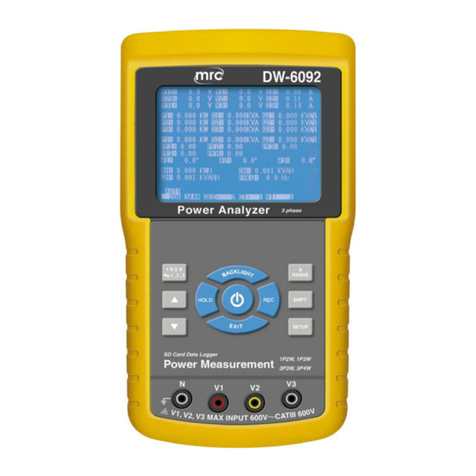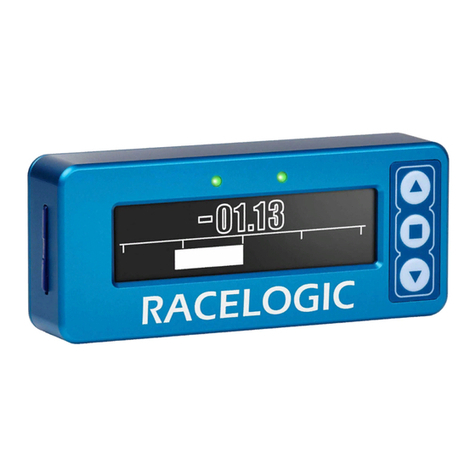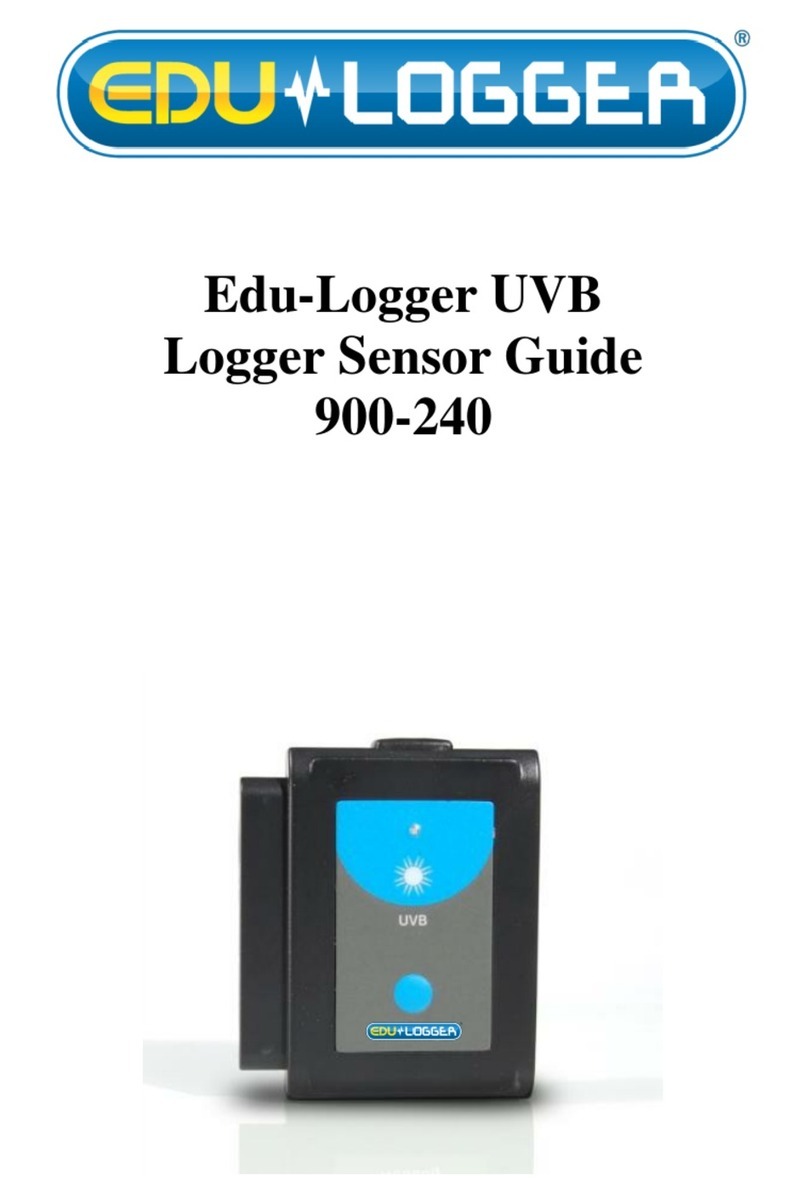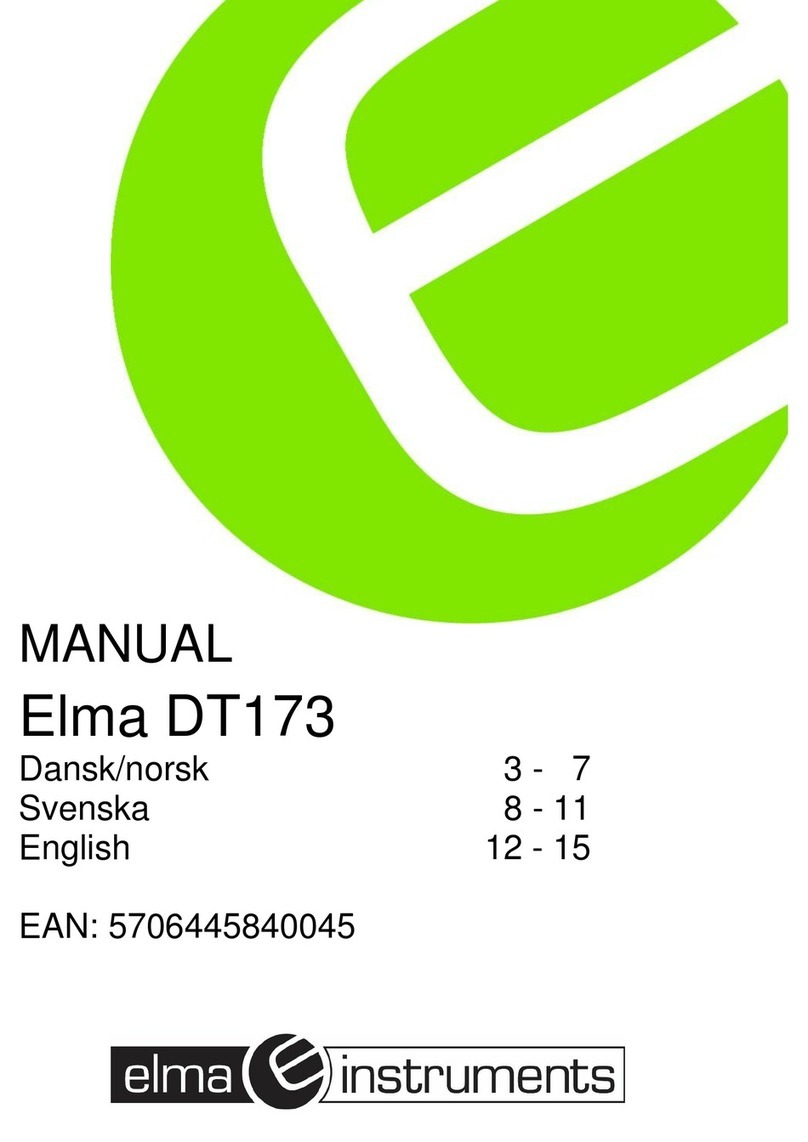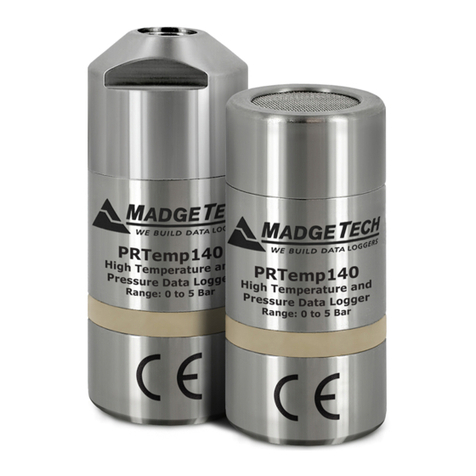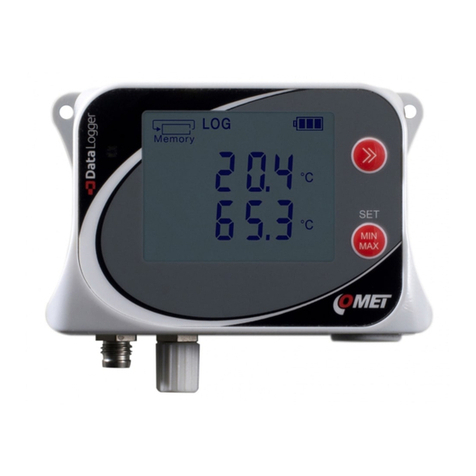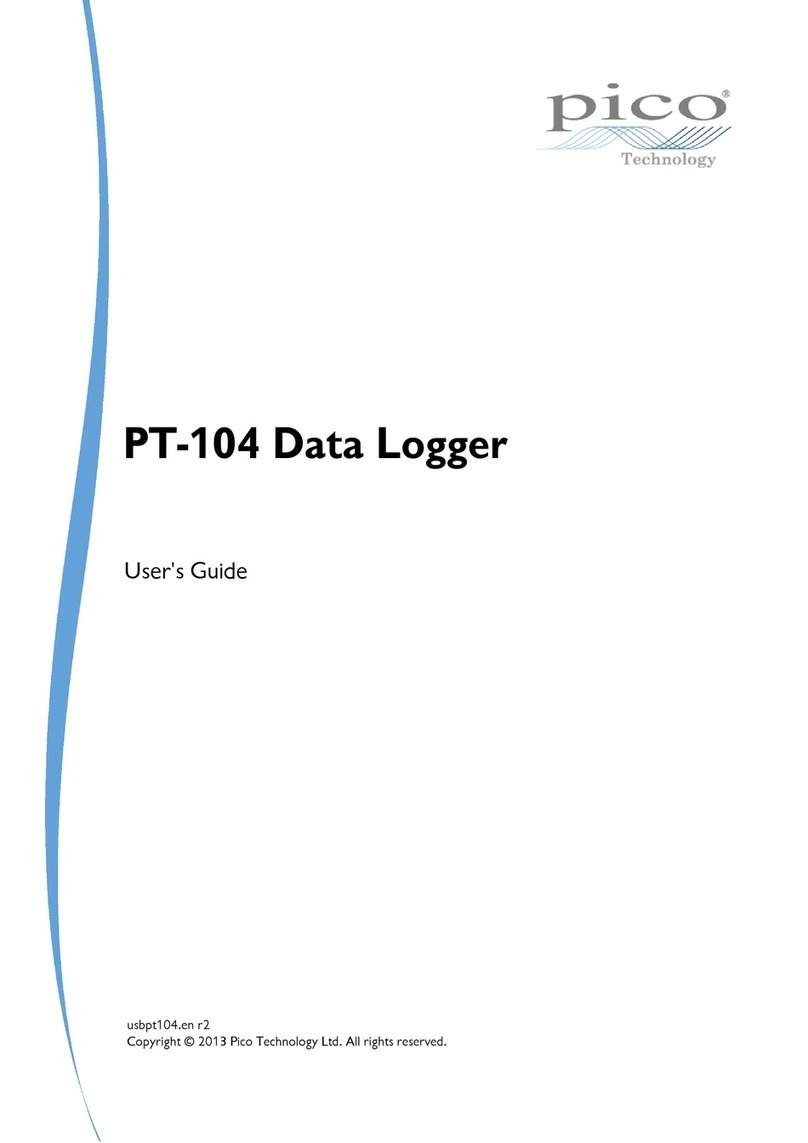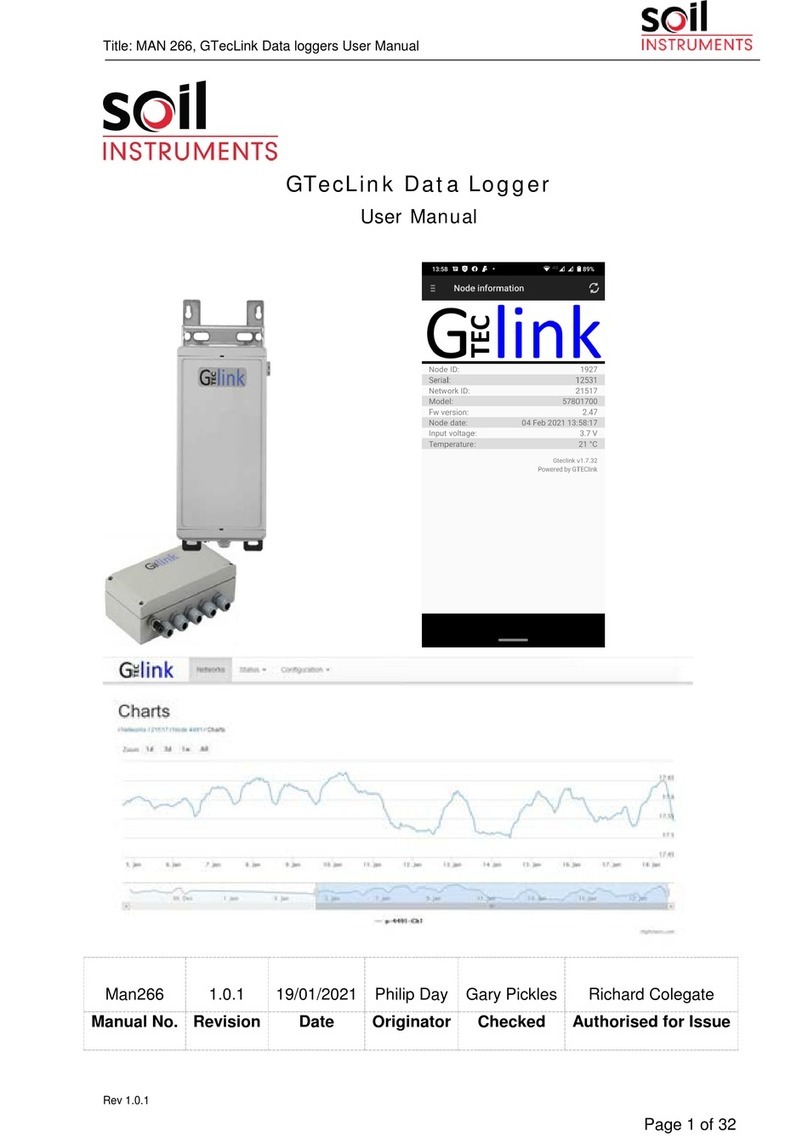
Safety Information
6
Accuracy
We define measurement tolerances in terms of f.s. (full scale), rdg. (reading) and
dgt. (digit) values, with the following meanings:
f.s. (maximum display value or scale length)
The maximum displayable value or scale length. This is usually the name of the cur-
rently selected range.
Example: For the 1 V range, f.s. = 1 V
rdg. (reading or displayed value)
The value currently being measured and indicated on the measuring instrument.
dgt. (resolution)
The smallest displayable unit on a digital measuring instrument, i.e., the input value
that causes the digital display to show a “1” as the least-significant digit.
Measurement categories
To ensure safe operation of measurement instruments, IEC 61010 establishes safety stan-
dards for various electrical environments, categorized as CAT II to CAT IV, and called mea-
surement categories.
• Using a measuring instrument in an environment desig-
nated with a higher-numbered category than that for which
the instrument is rated could result in a severe accident,
and must be carefully avoided.
• Never use a measuring instrument that lacks category label-
ing in a CAT II to CAT IV measurement environment. Doing
so could result in a serious accident.
CAT II:
When directly measuring the electrical outlet receptacles of the primary elec-
trical circuits in equipment connected to an AC electrical outlet by a power
cord (portable tools, household appliances, etc.)
CAT III:
When measuring the primary electrical circuits of heavy equipment (fixed
installations) connected directly to the distribution panel, and feeders from
the distribution panel to outlets
CAT IV:
When measuring the circuit from the service drop to the service entrance,
and to the power meter and primary overcurrent protection device (distribu-
tion panel)
